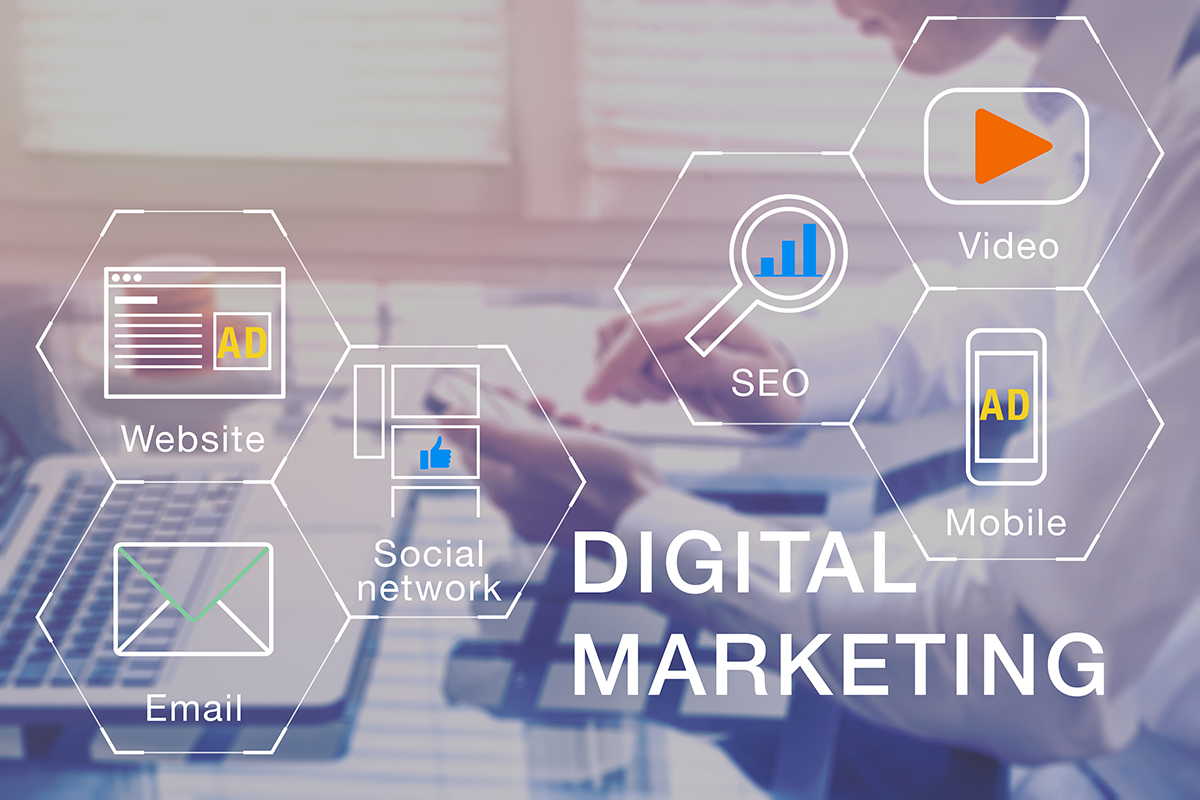If you’re a medium to large sized business or non-profit organization, chances are you may have given some thought at one point in time to developing an in-house video/media production department. Maybe you already have one. But, what makes you sure an in-house production department is right for you?
Creating an in-house video production operation is quite an investment of time, employees and money. There are three major questions to ask before doing so.
Before you develop an in-house video production department, ask yourself these questions:
· How often do I produce video content?
· What level of production do I need?
· What is the level of investment?
How often do I produce video content? Every company is different and an organization’s needs may fluctuate throughout the year. If you have consistent needs for video content, then an in-house production team may make sense. But, often times, I’ve seen companies that still need to outsource video projects, even if they have their own departments! Sometimes an in-house team may be backlogged on internal projects and are unable – or ill-equipped – to handle complete a major, unplanned external project within the needed timeframe. Or, quite the opposite can happen: an in-house team may only have to complete a few projects a year and company management may wonder why they’re paying for the overhead and costs associated with the in-house department.
What level of production do I need? The answer obviously varies, depending on each individual project. Some may require a more “homegrown” or “grass-root” look while others may call for high production values, top of the line lighting techniques, and a cinema look. It’s difficult to know for sure until a project is underway and it’s often times impossible to prepare for all types of scenarios. I’ve known of corporate in-house departments with limited production capabilities. Either management doesn’t completely understand the video production process or is unwilling to invest in the right equipment needed to deliver a quality production. And, if an in-house department isn’t properly equipped, staffing becomes a challenge: it’s difficult to attract and retain talented staff to work with an ill-equipped set-up.
What is the investment? There’s a lot that goes into creating a video production department, including equipment and staff – and both are expensive. What management sometimes may not understand is that even though there are fairly inexpensive cameras on the market, those aren’t always the best product for all jobs. And, we’re talking about more than cameras – other necessities are tripods, light kits, microphones, editing systems as well other production needs like graphics or animation software, rights to music clips, and more. The list seems to go on and on – and that’s not even including the training people who can run the department. The most challenging part about technology is that it’s ever-changing: equipment often becomes outdated quickly, making an in-house department a risky investment.
So, what are the options to an in-house production department? One option is to outsource your video needs on an annual, retainer basis. This eliminates the need to invest in expensive equipment and staff needed for a successful operation. Many companies, like Focal Point Studios, offer custom, long-term production agreements that can accomplish a broad range of multi-media communications needs. At Focal Point Studios, we pride ourselves in truly getting to know your company and its needs – and consider ourselves an extension of your staff. We have access to the highest quality, most up-to-date equipment and tools to meet your needs quickly, efficiently, and on-time. With decades of combined experience in storytelling, the media, and production our staff delivers high quality productions under tight deadlines, whatever the project – large or small. And, it only takes a phone call to get started.



